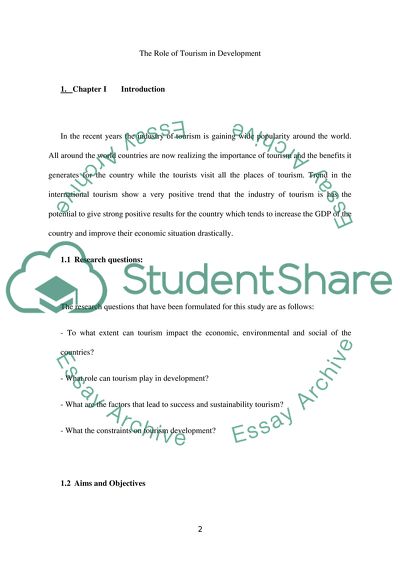Cite this document
(“The role of tourism in development (economic environmental - social Essay”, n.d.)
Retrieved from https://studentshare.org/miscellaneous/1568312-the-role-of-tourism-in-development-economic-environmental-social-and-culture
Retrieved from https://studentshare.org/miscellaneous/1568312-the-role-of-tourism-in-development-economic-environmental-social-and-culture
(The Role of Tourism in Development (economic Environmental - Social Essay)
https://studentshare.org/miscellaneous/1568312-the-role-of-tourism-in-development-economic-environmental-social-and-culture.
https://studentshare.org/miscellaneous/1568312-the-role-of-tourism-in-development-economic-environmental-social-and-culture.
“The Role of Tourism in Development (economic Environmental - Social Essay”, n.d. https://studentshare.org/miscellaneous/1568312-the-role-of-tourism-in-development-economic-environmental-social-and-culture.


